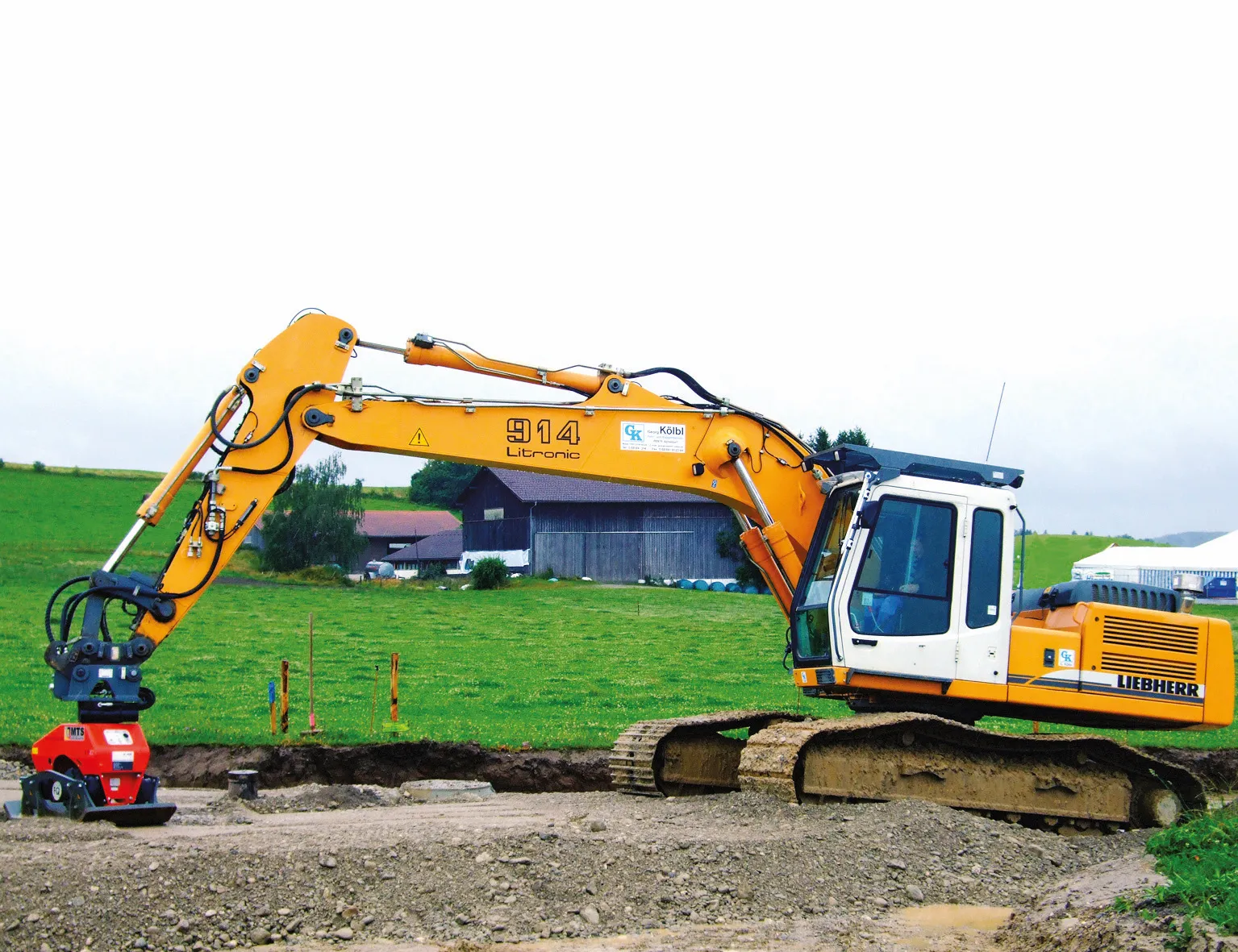The final design of Chile’s Chacao Bridge has now been revealed. This project is expected to cost in the order of US$700 million. The initial design was unveiled in 2015 but was then subject to a number of modifications to better meet requirements. South Korean company Hyundai is playing a central role in the consortium that will build the project although its partners for the work have yet to be finalised. Plans to build a bridge connecting Chiloe Island to the Chilean mainland have been discussed for some
June 27, 2016
Read time: 2 mins
The final design of Chile’s Chacao Bridge has now been revealed. This project is expected to cost in the order of US$700 million. The initial design was unveiled in 2015 but was then subject to a number of modifications to better meet requirements. South Korean company Hyundai is playing a central role in the consortium that will build the project although its partners for the work have yet to be finalised. Plans to build a bridge connecting Chiloe Island to the Chilean mainland have been discussed for some years, with the project having been cancelled previously on grounds of cost. The present administration committed itself to the bridge project going ahead, with the aim of boosting development in the country’s southern region. The new bridge will allow vehicle speeds of up to 100km/h and will cut journey times considerably for drivers as it will take the place of the ferries crossing the Chacao Channel at present. The bridge will be 2.6km long and its design and construction will have to take into account the earthquakes that occur in the area.







